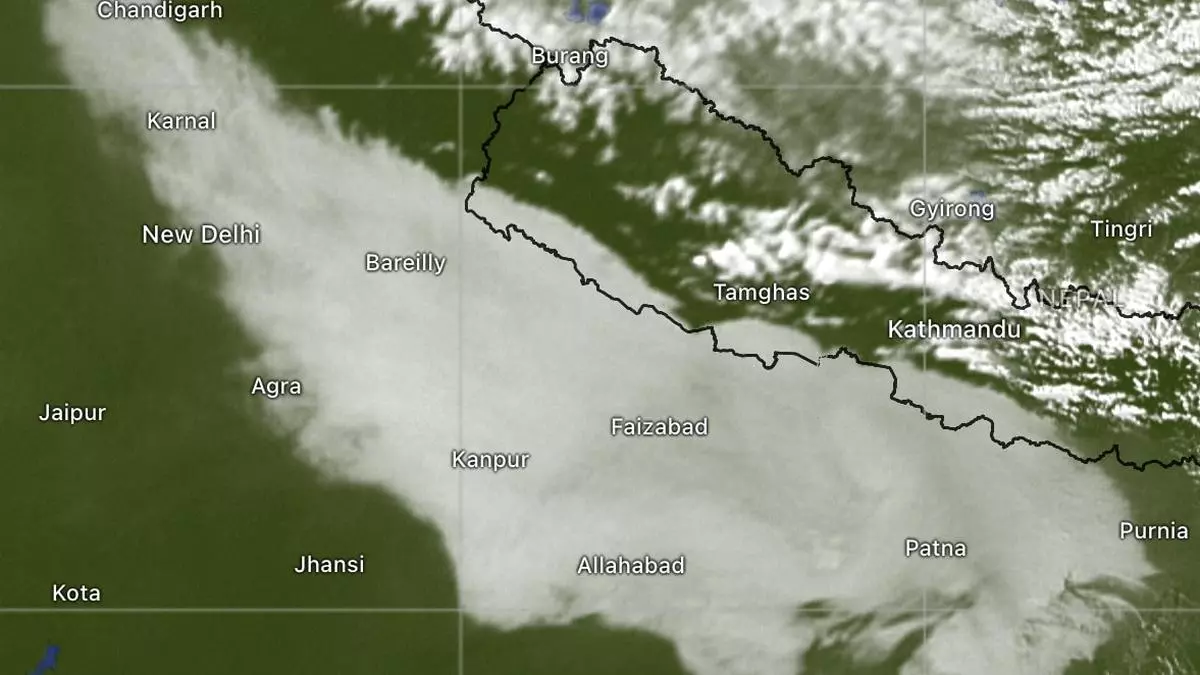Mars is well-known for its dust storms, which occur every Martian year during summer in the southern hemisphere. Every three Martian years (five and a half Earth years), these storms grow so large that they are visible from Earth and will engulf the entire planet for months. These storms pose a significant threat to robotic missions, generating electrostatic charges that can interfere with their electronics or cause dust to build up on their solar panels, preventing them from drawing enough power to remain operational.
While scientists have studied these storms for decades, the precise mechanisms that trigger them have remained the subject of debate. In a new study, a team of planetary scientists at the University of Colorado Boulder (CU Boulder) has provided new insight into the factors involved. According to their findings, relatively warm and sunny days may kick off the largest storms every few years. These could be the first step toward forecasting extreme weather on Mars, which is vital for future crewed missions to Mars.
The study was led by Heshani Pieris, a graduate student at the Laboratory for Atmospheric and Space Physics (LASP) at CU Boulder. She was joined by Paul Hayne, a researcher at LASP and an associate professor at the Department of Astrophysical and Planetary Sciences at CU Boulder. Their findings were presented at the 2024 meeting of the American Geophysical Union, which took place from December 9th to 13th in Washington, D.C.

Mars experiences dust storms regularly, which often begin as smaller storms that form around the polar regions, usually during the second half of the Martian year. These storms can grow rapidly as they move towards the equator until they cover millions of square kilometers. While these dust storms are not very powerful due to Mars’ thin atmosphere (roughly 0.5% as dense as Earth’s), they can still pose a significant hazard. In fact, global dust storms were responsible for the loss of the Opportunity rover in 2018 and the InSight lander last year.
“Dust storms have a significant effect on rovers and landers on Mars, not to mention what will happen during future crewed missions to Mars. This dust is very light and sticks to everything,” said Pieris in a recent NASA press release. “Even though the wind pressure may not be enough to knock over equipment, these dust grains can build up a lot of speed and pelt astronauts and their equipment,” added Hayne. “We need to understand what causes some of the smaller or regional storms to grow into global-scale storms. We don’t even fully understand the basic physics of how dust storms start at the surface.”
For their study, Pieris and Hayne focused on “A” and “C” storms, two weather patterns that tend to occur every year on Mars. This consisted of analyzing data gathered by the Mars Climate Sounder instrument aboard NASA’s Mars Reconnaissance Orbiter (MRO) over the course of 15 years (eight Mars years). Specifically, they searched for periods of unusual warmth, when more sunlight filtered through Mars’ thin atmosphere to heat the planet’s surface. They discovered that roughly 68% of major storms on the planet were preceded by a sharp rise in temperatures at the surface, which led to dust being kicked up.

While these results don’t definitively prove that warmer conditions cause dust storms, they indicate that the same phenomena that trigger storms on Earth may be at work on Mars. During hot summers in dry regions, warm air near the surface can rise through the atmosphere, leading to large gray clouds that signal rain. Said Pieris:
“When you heat up the surface, the layer of atmosphere right above it becomes buoyant, and it can rise, taking dust with it. This study is not the end all be all of predicting storms on Mars. But we hope it’s a step in the right direction.”
Pieris and Hayne are now gathering more recent observations of Mars to continue investigating these explosive weather patterns. Eventually, they hope that scientists will be able to predict weather patterns on Mars based on live data from the planet.
Further Reading: UC Boulder, AGU24









Leave a Comment